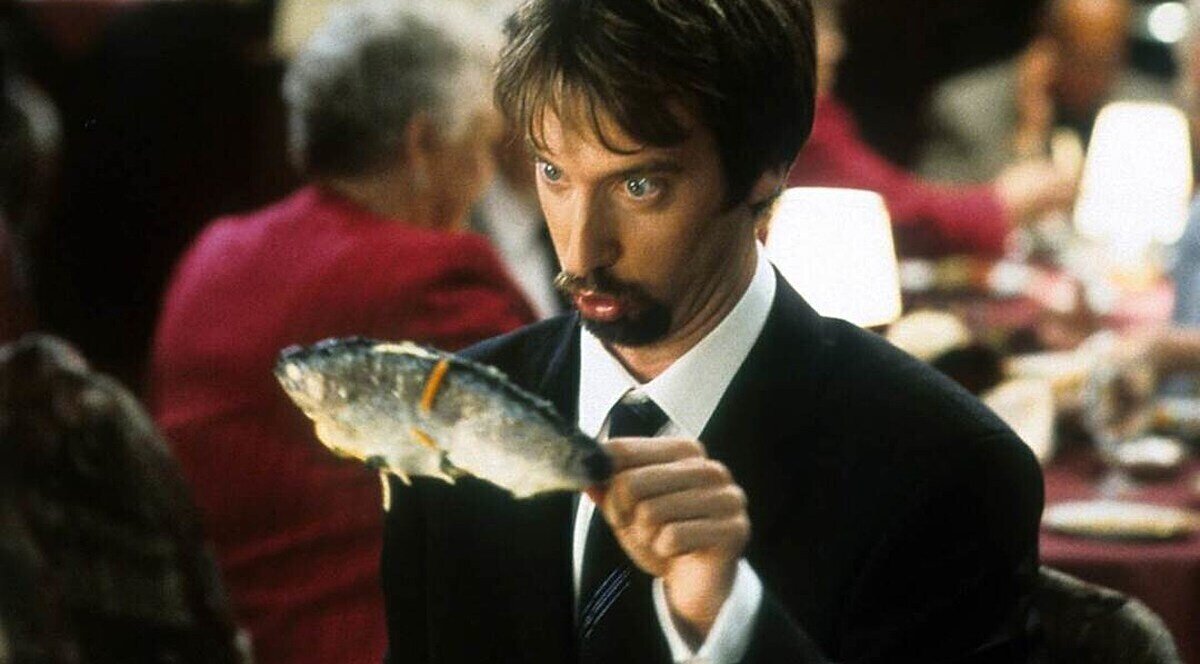The Portrayal of ‘Ecstatic Agony’ in Hellraiser (1987) and Martyrs (2008)
I recently rewatched the horror classic Hellraiser (1987), and as well as finding it better on the second watch, I was fascinated with its portrayal of the ‘ecstasy of agony’ or the ‘agony of ecstasy’ (which we could also call ‘ecstatic agony’). I’m currently working on a book on the subject of ecstasy, and despite…
View Post



